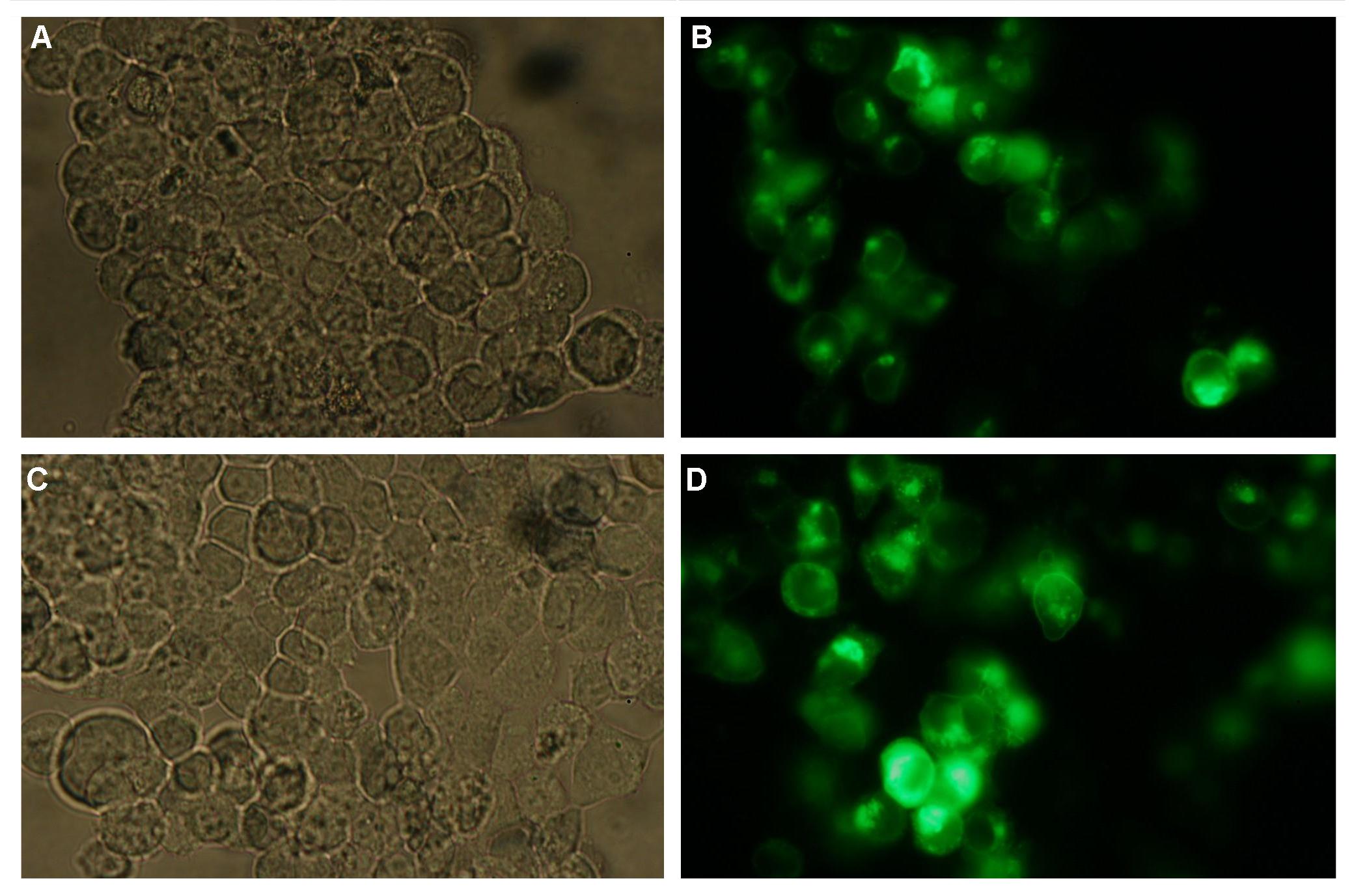Team:Freiburg Transfection
From 2008.igem.org
(Difference between revisions)
| Line 26: | Line 26: | ||
<br> | <br> | ||
'''2) Double transfections with Splitfluorophor-/Splitenzyme-constructs''' | '''2) Double transfections with Splitfluorophor-/Splitenzyme-constructs''' | ||
| - | + | On Figure 4_Transfection the structures of the signalpeptide-Lipocalin-transmembraneregion-fluolinker-cCFP and signalpeptide-Lipocalin-transmembraneregion-nCFP are visible (exemplary for the Splitfluorophore-/Splitenzyme-constructs). | |
[[Image:Freiburg2008_Lipo+Split_CFP.jpg|450px]]<br> | [[Image:Freiburg2008_Lipo+Split_CFP.jpg|450px]]<br> | ||
| - | '''Figure 4_Transfection''' | + | '''Figure 4_Transfection'''<br> |
[[Image:Freiburg2008_Lipo+Split_YFP.jpg|450px]]<br> | [[Image:Freiburg2008_Lipo+Split_YFP.jpg|450px]]<br> | ||
| - | '''Figure 5_Transfection''' | + | '''Figure 5_Transfection'''<br> |
<br> | <br> | ||
<br> | <br> | ||
Revision as of 15:33, 28 October 2008
 "
"





